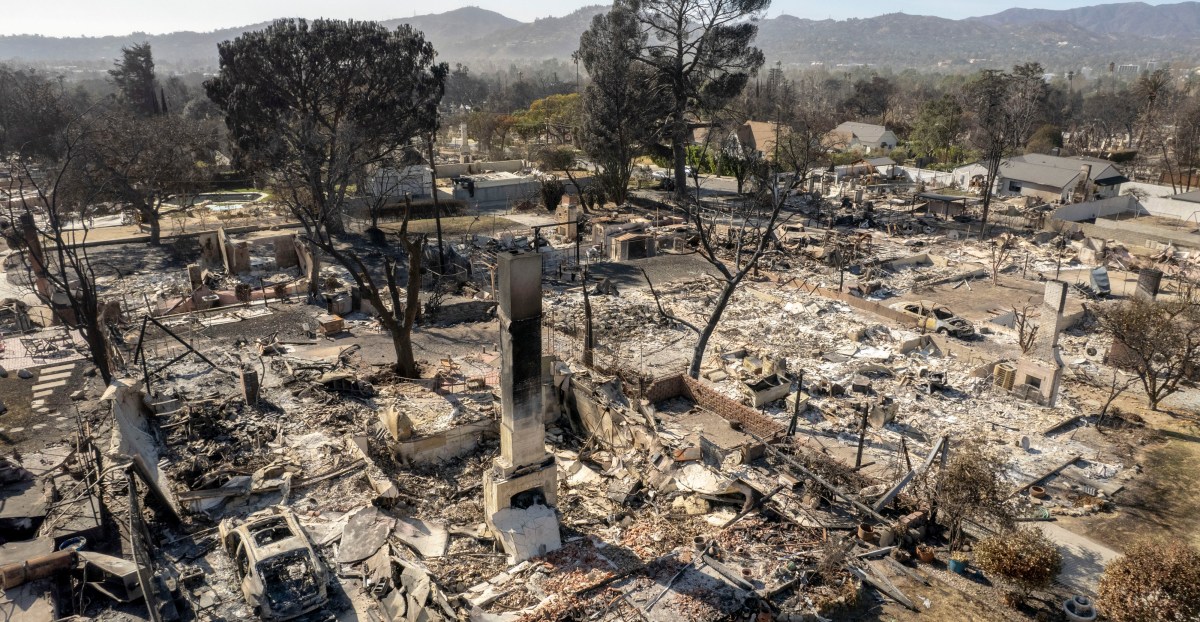Uncovering the Secrets of Fire-Resilient Neighborhoods
As wildfires become increasingly prevalent due to climate change, the urgency to address fire resilience in our communities has never been greater. Understanding the characteristics that contribute to a neighborhood’s resilience is essential for protecting homes and lives from devastating fires. This article delves into innovative strategies and community practices that can make a significant difference in the fight against wildfires.
What Makes a Neighborhood Fire-Resilient?
Fire-resilient neighborhoods share common traits that enhance their ability to withstand wildfires. These characteristics include:
- Strategic Planning: When neighborhoods are designed with fire resilience in mind, they incorporate features that minimize fire risk.
- Community Engagement: Active participation from residents fosters a culture of preparedness and vigilance.
- Land Management Practices: Proper management of vegetation and landscaping can significantly reduce fire hazards.
- Infrastructure Resilience: Fire-resistant building materials and strategic layout can protect homes from flames.
Innovative Strategies for Fire Resilience
Building fire-resilient neighborhoods requires a multifaceted approach. Here are some innovative strategies that communities can adopt:
1. Creating Defensible Space
One primary strategy for enhancing fire resilience is the establishment of defensible space around homes. This involves:
- **Clearing flammable vegetation:** Maintain a buffer zone of at least 30 feet around homes by removing dry leaves, dead plants, and other debris.
- **Choosing fire-resistant plants:** Landscaping with native, fire-resistant plants can reduce the risk of fire spreading.
- **Maintaining proper spacing:** Ensure that trees and shrubs are spaced adequately to prevent flames from jumping from one plant to another.
2. Community Education Programs
Education is vital in preparing residents for wildfire risks. Communities can implement:
- Workshops and training: Conduct sessions on fire safety, evacuation plans, and emergency preparedness.
- Awareness campaigns: Use social media and community boards to disseminate fire safety tips and updates.
- Neighborhood watch programs: Encourage residents to monitor their surroundings and report suspicious activities that could lead to fires.
3. Infrastructure Improvements
Investing in fire-resistant infrastructure is crucial for protecting communities. This includes:
- Using fire-resistant materials: When constructing or renovating homes, opt for materials like stucco, brick, or metal roofing that are less likely to ignite.
- Implementing fire breaks: Create barriers of non-flammable materials, such as gravel or sand, to slow the spread of fire.
- Improving access roads: Ensure that roads are wide enough for emergency vehicles to navigate quickly during evacuations.
Community Practices that Foster Resilience
Beyond physical strategies, community practices play a crucial role in fostering a culture of resilience:
1. Neighborhood Coordination
Effective communication and coordination among neighbors can significantly enhance fire preparedness. Strategies include:
- Regular meetings: Hold community meetings to discuss fire risks and preparedness plans.
- Shared resources: Create a network for sharing tools and resources for fire prevention, such as lawn mowers for clearing brush.
- Emergency contact lists: Maintain a list of contacts to ensure everyone can be reached quickly in case of an emergency.
2. Local Fire Departments Collaboration
Engaging with local fire departments can provide invaluable resources and support. Communities should:
- Invite firefighters to assess risks: Request assessments from local fire officials to identify vulnerabilities within the neighborhood.
- Participate in fire drills: Collaborate with local fire departments to conduct evacuation drills, ensuring everyone knows their role in an emergency.
- Utilize fire department resources: Take advantage of fire department programs that offer guidance on creating defensible spaces.
Technological Innovations in Fire Resilience
Technology plays a crucial role in enhancing fire resilience. Communities can leverage various tools and technologies to improve their preparedness:
- Fire detection systems: Installing smart smoke detectors and fire alarms that can alert residents and emergency services quickly.
- Drones for monitoring: Use drones equipped with thermal imaging to monitor areas vulnerable to wildfires, providing valuable data for early intervention.
- Mobile applications: Develop apps that provide real-time alerts and information about fire risks and evacuations.
Case Studies: Successful Fire-Resilient Communities
Examining successful fire-resilient neighborhoods can provide valuable insights. For example, the community of Lake Tahoe, California, has implemented strict building codes that require fire-resistant materials and vegetation management practices. This proactive approach has led to a significant decrease in property loss during wildfire season.
Another notable example is Paradise, California, which, after facing devastating wildfires, has worked to rebuild with fire resilience in mind. The community is now focusing on improved infrastructure, community education, and collaboration with local fire services to prevent future disasters.
The Importance of Community Resilience
In the face of increasing wildfire risks, the importance of fire-resilient neighborhoods cannot be overstated. By focusing on innovative strategies, community engagement, and infrastructure improvements, neighborhoods can significantly enhance their fire resilience. It is through collective efforts and shared knowledge that communities can protect their homes, lives, and natural landscapes.
Ultimately, fostering a culture of preparedness and resilience not only helps in mitigating the risks associated with wildfires but also builds stronger, more connected communities. As we uncover the secrets of fire-resilient neighborhoods, we find that through collaboration, education, and proactive measures, we can create safe havens that withstand the challenges posed by wildfires.
In conclusion, the path to fire resilience begins with informed communities willing to take action. By embracing innovative practices and fostering a spirit of collaboration, we can protect our neighborhoods from the devastating impacts of wildfires, ensuring a safer future for all.
See more Your Daily Weather



